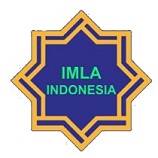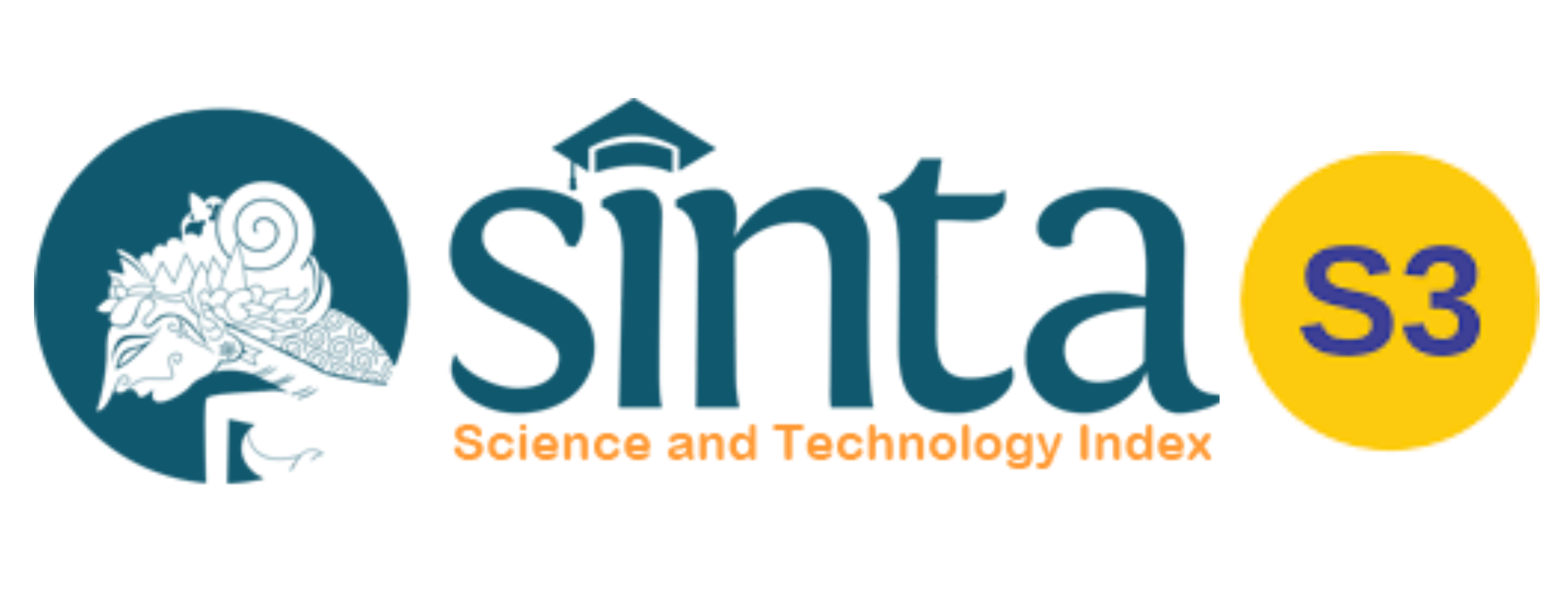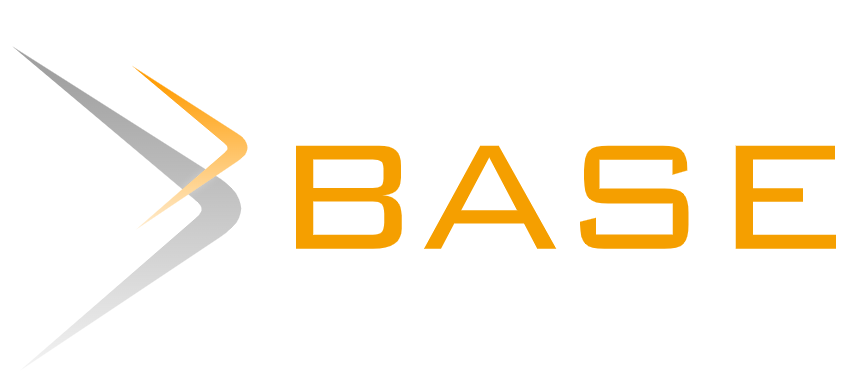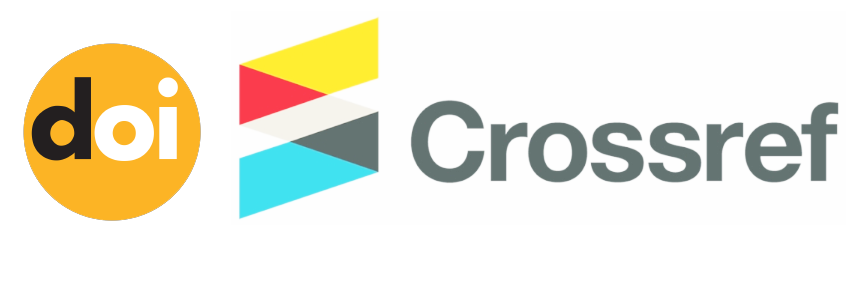PARALINGUAL ELEMENTS IN EGYPTIAN PRINT COMMERCIAL ADVERTISEMENTS: A SEMIOTIC ANALYSIS
Abstract
Print media advertisements generally uses two displays, verbal displays accompanied by nonverbal. In nonverbal displays, it includes the use of paralingual elements. This study wants to reveal the meaning contained in nonverbal elements in commercial advertisements in Egyptian print media (Ikomcemes) in the form of paralingal. The goal is to find out the integration of the elements that form a complete discourse so that the meaning and message of the advertising discourse can be understood. This research data was collected from various newspapers, flayers, and magazines published in Egypt. Furthermore, the data is classified using the method of sorting the elements of the two elements as Leech's concept. The research findings are in the form of types of composition of elements that make up an advertising discourse, and then the findings are analyzed by utilizing the theory of discourse analysis and semiotics. The use of these two theories is not only to examine the meaning of the verbal text but also to examine simultaneously with the context that frames it. The results can be stated that although nonverbal elements do not have diverse patterns, their existence is very necessary to understand the message conveyed by advertisers, both verbal and noverbal.
Keywords
Full Text:
PDF (Bahasa Indonesia)References
Badara, Aris. 2012. AnallisisWacana: Teori, Metode, dan Penarapannya pada Wacana Media. Cetakan I. Jakarta: Kencana Prenada Media Group. Bhatia, T.K. 1987. English in Advertising: Multiple Mixing and Media. In Journal of World Englishes, Vol. 6, No.1 Budiman, Kris. 1999. Kosa Semiotika. Yogyakarta: LKIS Cook, Guy. 2009. The Discourse of Advertising. Second Edition. London and New York: Routledge. Crystal, David. 1987. The Cambridge Encyclopaedia of Language. New York: Cambridge University Press. Danesi, Marcel. 2010. Pesan, Tanda, dan Makna. Yogyakarta: Jalasutra. Dyer, Gillian. 1989. Advertising as Communication. London and New York: Routledge. Eco, Umberto, 1992. Interpretation and Ovewr Interpretation. Cambridge: Cambridge University Press. Fiske, John. 2007. Cultural and Communication Studies. Cetakan ke-4. Terjemahan Yosal Iriantara dan Idi Subandy Ibrahim. Yogyakarta/ Bandung: Jalasutra. Hinds, Martin, Said El-Badawi. 2009.Mu’jam Al-Lughah Al-`Arabiyah Al-Mishriyah: Arabiy-Ingliziy. Libanon: Maktabah Lubnan. Hoed, B.H. 2000. Dampak Komunkiasi Periklanan: Sebuah Ancangan dari Segi Semiotik dalam Hidayat dan Masinambow. Semiotik: Kumpulan Makalah Seminar. Jakarta: Pusat Penelitian Kemasyarakatan dan Budaya. Lembaga Penelitian Universitas Indonesia. Jalal, Aiman Sa’id. 2006. Lughatu al-I’lan at-Tujjariy, Dirasah lima Nasyara fi ‘Amai 1952 wa 2002 fi Jaridah Akhbar alYaum. Cairo: Maktabah Al Adab. Jefkins, Frank. 1994. Advertising. Second Edition. London: Pitman Publishing. Lee, Monle dan Carla Johnson. 2011. Principles of Advertising: a Global Perspective. Cetakan ke-3.Terjemahan Haris Munandardan Dudy Priatna. Jakarta: Prenada. Leech, Geofrey N. 1966.English in Advertising: A Linguiuistic Study of Advrtiseising in Great Britain.First Published.London: Longman. Liliweri, Alo. 1992. Dasar-dasaar Komunikasi Periklanan. Bandung: Citra Aditya Bakti. Masrukhi Moh. 2106a. Unsur Verbal dan Nonverbal dalam Iklan Media Cetak Mesir: Analisis Wacana. Disertasi. Yogyakarta: Sekolah Pascasarjana Universitas Gadjah Mada. ------------------. 2016b. Iklan Komersial Media Cetak: Tinjauan Teks dan Konteks dalam Jurnal CMES Vol IX No. 2. Surakarta: FIB UNS ------------------ 2014. Struktur Iklan Komersial Media Cetak Mesir dalam Jurnal CMES Vol IX No. 2. Surakarta: FIB UNS. Mulyawan, I Wayan. 2010. Hipersemiotika Periklanan: Analisis Praktis. Denpasar: Udayana Unibersity Press. Piliang, Yasraf Amir. 2003. Hipersemiotika: Tafsir Cultural A Studies Atas Matinya Makna.Yoyakarta: Jalasutra. Rotzol, Kim B. and James E. Haefner. 1996. Adevrtising in Contemporary Society: Perspective toward Understanding. Third Edition. Illinois: University of Illinois Press. Santoso, WahyudiJoko. 2006. ” Wacana Iklan Komersial Berbahsa Indoensia di Televisi. Disertasi. Yogyakarta: Universitas Gadjah Mada. Sobur, Alex. 2009. Analisis Teks Media: Suatu Pengantar untuk Analisis Wacana, Analisis Semiotik, dan Analisis Framing. Cetakan ke-5. Bandung: Remaja Rosdakarya. Ulman, Stephen. 1972. Semiotics: an Introduction to The Science of Meaning.Great Britain: Butler & Tanner Ltd. Van Dijk, Teun A. 1980. Macrostructures: An Interdisciplinary Study of Global Structures in Discourse, Interaction, and Cognition. Hillsdale, New Jersey: Lawrence Erlbaum Associates, Publishers Wijana, I DewaPutuWijana. 2009. Analisis Wacana Pragmatik: Kajian Teori dan Analisis. Surakarta: Yuma Pustaka. Winardi, 1992. Promosi dan Reklame. Edisi 2, Cetakan 1. Bandung: Mandar Maju. Zoest, Aart van. 1993. Semiotika Tentang Tanda, Cara Kerjanya dan Apa yang Kita Lakukan Dengannya. Penerjemah Ani Soekowati. Jakarta: Yayasan Sumber Agung.
DOI: https://doi.org/10.20961/cmes.17.2.85218
Refbacks
- There are currently no refbacks.
Copyright (c) 2024 Center of Middle Eastern Studies (CMES)

This work is licensed under a Creative Commons Attribution-ShareAlike 4.0 International License.
| Copyright of CMES ISSN 2085-563X (print) and ISSN 2502-1044 (online) CMES Journal is licensed under a Creative Commons Attribution-ShareAlike 4.0 International License. | CMES (Center of Middle Eastern Studies) Print ISSN: 2085-563X Online ISSN: 2502-1044 Website: https://jurnal.uns.ac.id/cmes/index Email: cmes@mail.uns.ac.id Published by: Universitas Sebelas Maret Office: Department of Arabic Literature, Faculty of Cultural Science, Universitas Sebelas Maret Ir. Sutami Street, No. 36A, Surakarta, Jawa Tengah 57126 Phone: +62 822-4000-2313 |















